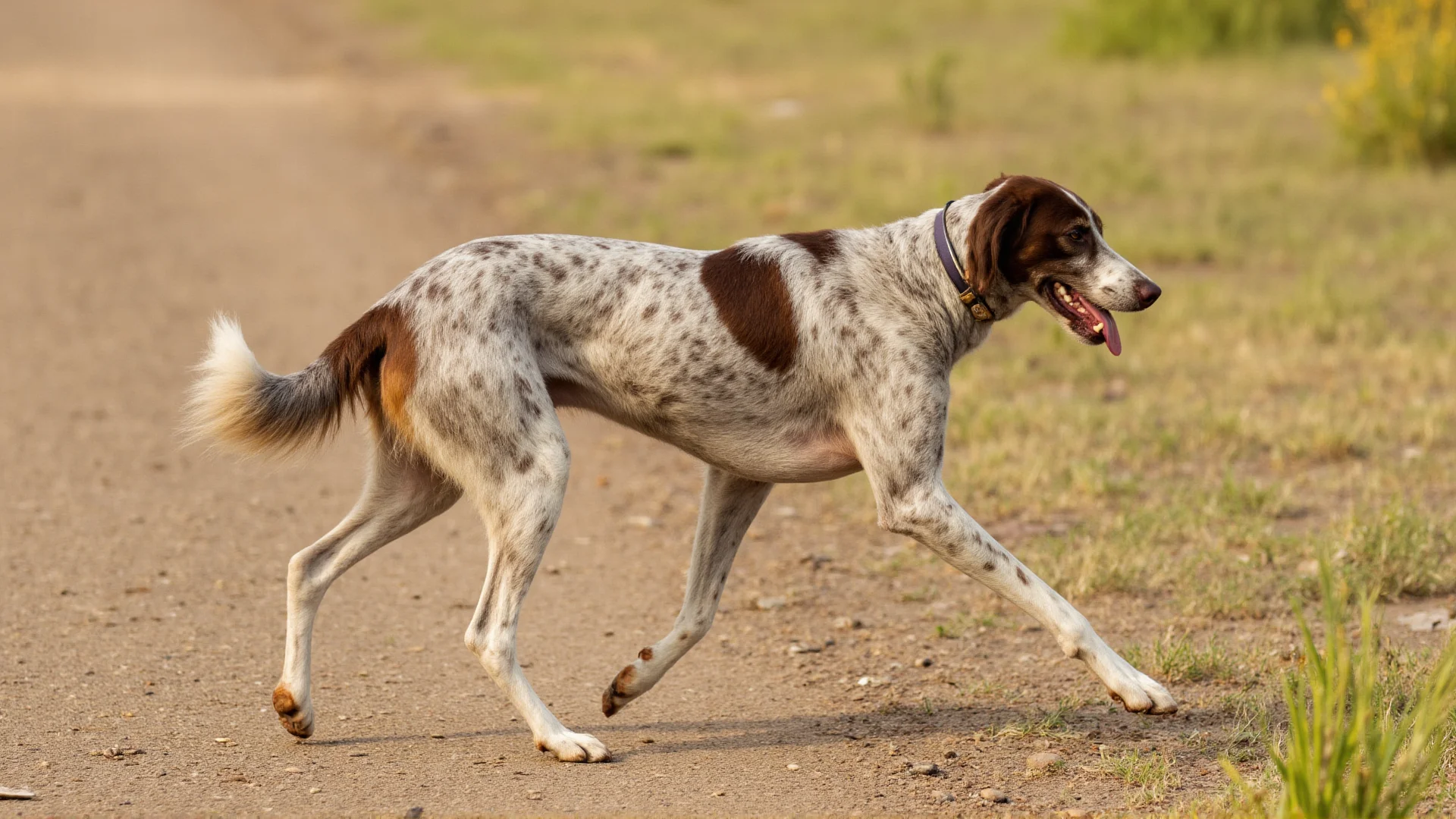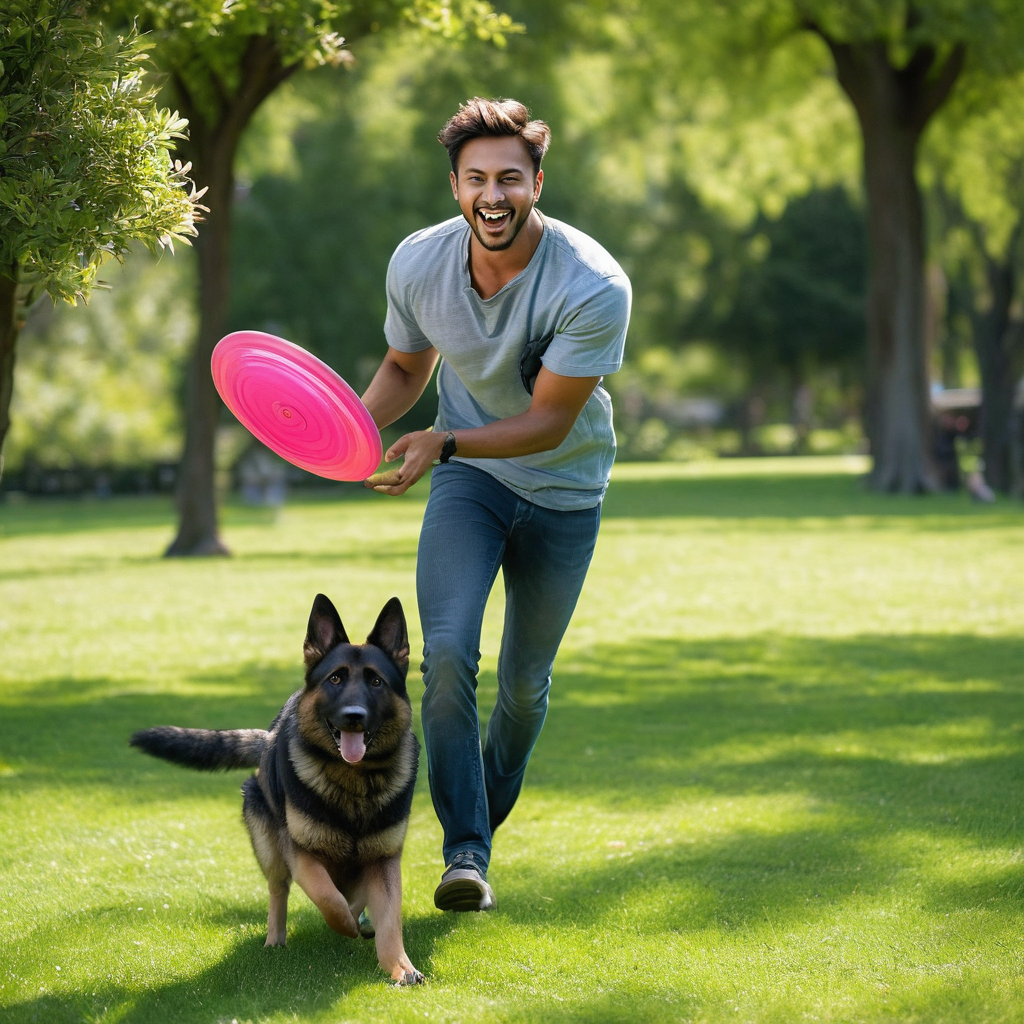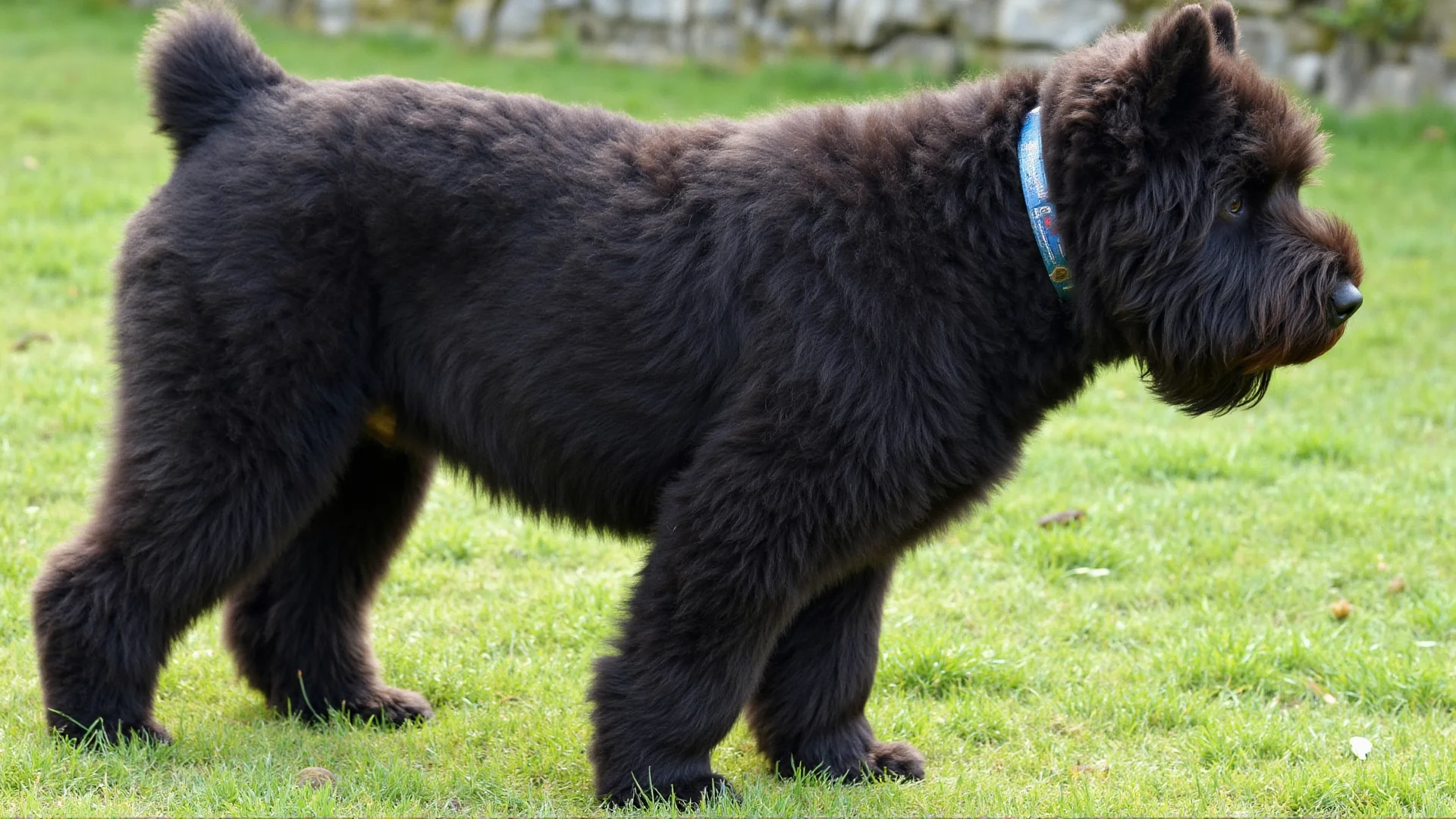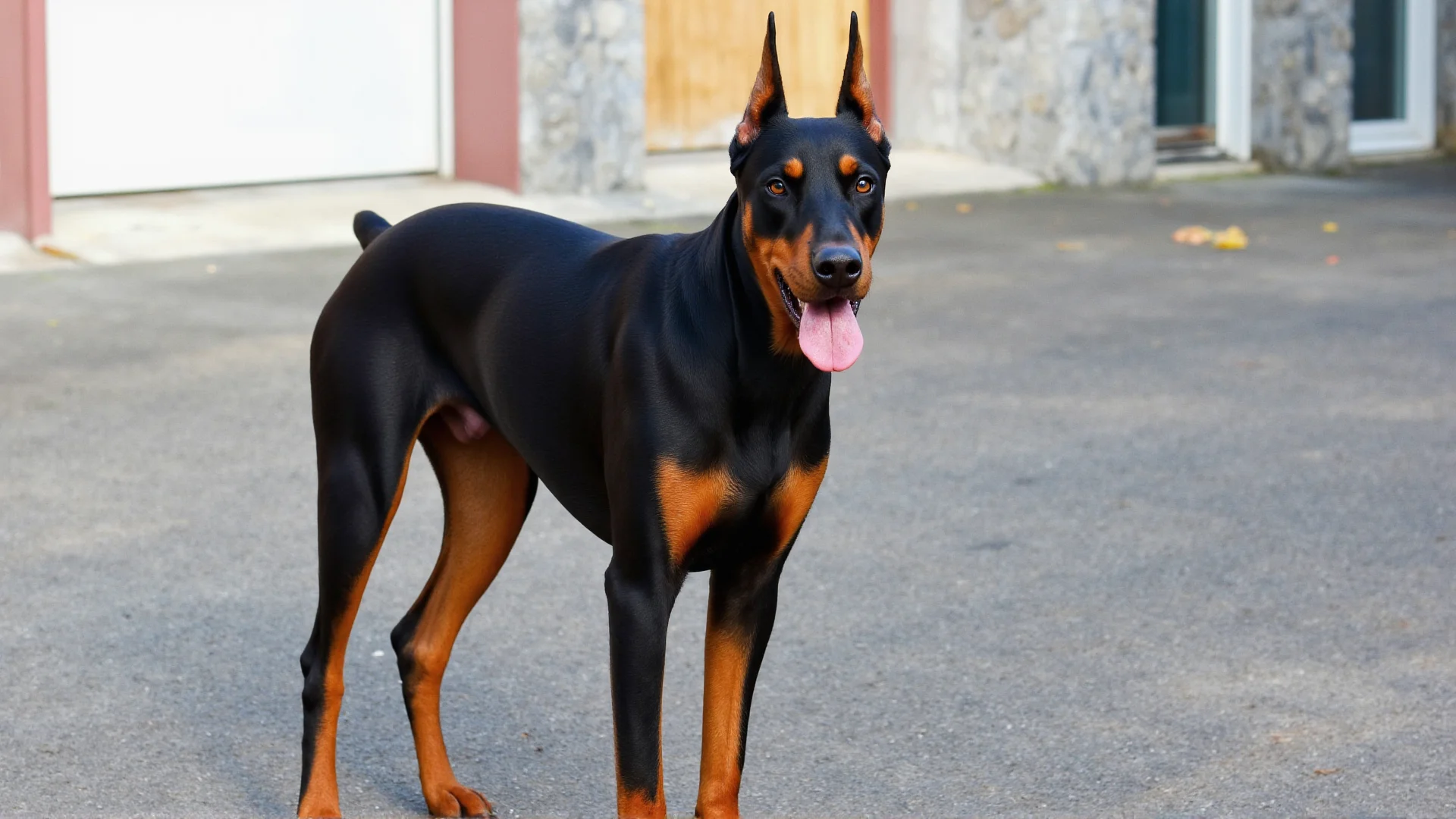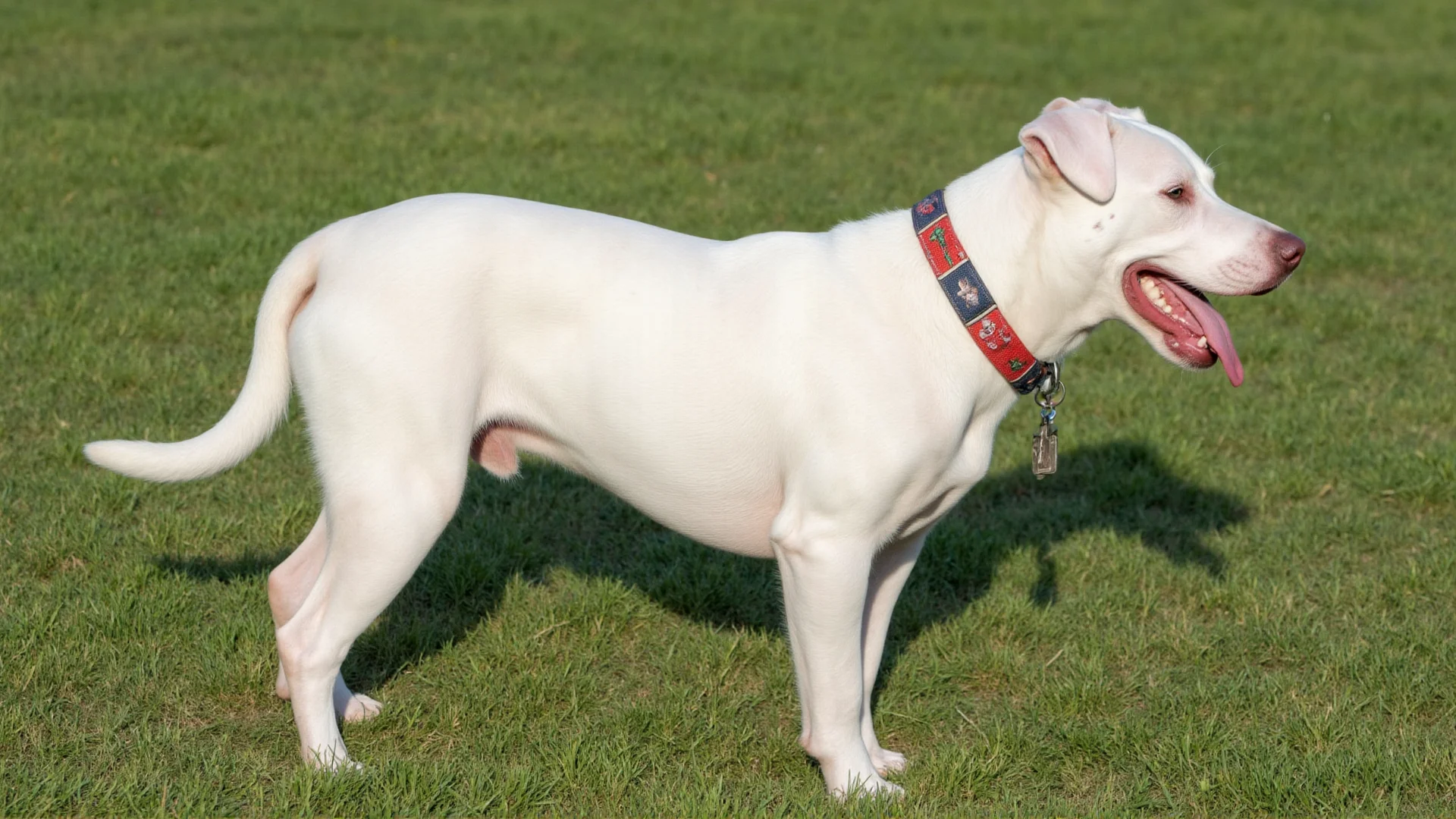The Saluki: Your Ultimate Desert Hunting Companion - A Complete Guide
The Saluki, often called the "Royal Dog of Egypt" and "Gazelle Hound," represents thousands of years of selective breeding for the perfect hunting companion. These elegant sighthounds have been the treasured hunting partners of Bedouin tribes across the Middle East, and today they continue to excel as exceptional hunting dogs for those who understand their unique capabilities.
The Ancient Hunting Heritage
For over 5,000 years, Salukis have been bred specifically for hunting in harsh desert conditions. Unlike many modern breeds developed for companionship, every aspect of the Saluki's physique and temperament has been shaped by their role as hunting partners. Bedouin hunters valued these dogs so highly that they were never sold, only given as gifts to honor distinguished guests.
Archaeological evidence shows Salukis hunting alongside pharaohs and nobles, depicted in tomb paintings chasing gazelles, hares, and other desert game. This ancient lineage means that today's Saluki retains incredibly strong hunting instincts and the physical capabilities to excel in the field.
Physical Attributes That Make Salukis Superior Hunters
Speed and Agility
Salukis can reach speeds of up to 42 mph, making them one of the fastest dog breeds in the world. Their deep chest houses powerful lungs and heart, providing the endurance needed for sustained pursuit across vast desert landscapes. Unlike Greyhounds bred for short bursts of speed on tracks, Salukis were developed for long-distance hunting over rough terrain.
Unique Foot Structure
One of the most distinctive features that makes Salukis exceptional hunters is their feathered feet. The long hair between their toes acts as natural snowshoes, providing protection from hot sand and improving traction on loose surfaces. This adaptation allows them to navigate desert terrain that would challenge other hunting breeds.
Superior Vision
As sighthounds, Salukis possess exceptional visual acuity and can spot movement from remarkable distances. Their eyes are positioned to provide a wide field of vision, crucial for detecting game across open landscapes. This visual prowess, combined with their speed, makes them formidable hunters of fast-moving prey.
Silent Hunting Style
Unlike scent hounds that bay during the hunt, Salukis pursue their quarry silently. This trait, developed over millennia of desert hunting, makes them ideal for hunters who prefer a quiet approach. Their stealth allows them to get closer to wary game before the final pursuit begins.
Training Your Saluki for Hunting Success
Understanding the Saluki Temperament
Successful hunting with a Saluki begins with understanding their independent nature. Unlike breeds developed to work closely with handlers, Salukis were bred to make split-second decisions during high-speed pursuits. They're intelligent but can seem aloof, requiring patient, consistent training that respects their dignity.
Early Socialization and Prey Drive Management
Start socialization early, but be aware that Salukis have an extremely high prey drive. Expose young Salukis to various environments, people, and situations while carefully managing their interactions with small animals. This strong prey drive, while essential for hunting, requires careful channeling through proper training.
Recall Training: The Ultimate Challenge
Teaching reliable recall is perhaps the most crucial and challenging aspect of Saluki training. Their intense focus during pursuit can make them seem deaf to commands. Use high-value rewards and practice in securely fenced areas. Never allow off-leash time in unsecured areas until recall is absolutely reliable.
Recall Training Steps:
- Start in a small, enclosed area with minimal distractions
- Use extremely high-value treats (real meat works best)
- Practice short distances initially, gradually increasing
- Never call your Saluki to come for something they perceive as negative
- Consider using a long line during training for safety
Coursing Training
Lure coursing provides excellent preparation for hunting while satisfying your Saluki's chase instincts in a controlled environment. Many hunting Saluki owners use coursing to maintain their dog's fitness and sharpen their skills during off-seasons.
Hunting Applications and Quarry
Traditional Desert Game
In their native lands, Salukis traditionally hunted gazelles, hares, foxes, and even small deer. Their hunting style involves spotting prey from a distance, then pursuing at high speed until the quarry is caught or exhausted.
Modern Hunting Opportunities
In contemporary hunting scenarios, Salukis excel at:
- Rabbit and Hare Hunting: Their speed and agility make them exceptional at pursuing lagomorphs across open terrain
- Coyote Hunting: In areas where legal, Salukis can effectively pursue coyotes, though this requires experienced dogs and handlers
- Pest Control: On large properties, Salukis can help control populations of rabbits and other small game
- Competitive Coursing: While not hunting per se, coursing competitions allow Salukis to demonstrate their natural abilities
Hunting in Packs vs. Solo
Traditionally, Salukis often hunted in pairs or small groups, with each dog playing a specific role in the pursuit. Some hunters today still use this approach, particularly for larger quarry. However, many Salukis work effectively as solo hunters, especially for smaller game.
Essential Equipment for Hunting with Salukis
Protective Gear
Despite their desert heritage, hunting Salukis benefit from protective equipment in challenging terrain:
- Protective boots: For rocky or thorny terrain that might damage their sensitive feet
- Cooling vests: For hunting in extremely hot conditions
- High-visibility vests: Essential for safety during hunting seasons
Tracking and Safety Equipment
- GPS collars: Crucial for monitoring your Saluki's location during wide-ranging hunts
- Long lines: For training and controlled hunting scenarios
- First aid kit: Including items specific to hunting injuries
Health and Conditioning for Hunting Salukis
Physical Conditioning
Hunting Salukis require excellent physical condition to perform safely and effectively. Build endurance gradually through:
- Daily free running in secure areas
- Controlled sprint work
- Swimming for low-impact conditioning
- Hill work to build rear-end strength
Nutritional Needs
Active hunting Salukis have higher caloric needs than companion dogs. Focus on high-quality proteins and easily digestible carbohydrates. Consider the timing of meals around hunting activities to prevent bloat and ensure optimal performance.
Health Monitoring
Regular veterinary checkups are essential, with particular attention to:
- Heart health (given their athletic demands)
- Eye health (crucial for sighthounds)
- Joint health and injury prevention
- Foot care and pad condition
Legal and Ethical Considerations
Know Your Local Laws
Before hunting with your Saluki, thoroughly research local hunting regulations. Some areas have specific restrictions on using dogs for hunting, and regulations vary significantly by region and quarry species.
Ethical Hunting Practices
Responsible hunting with Salukis involves:
- Ensuring your dog is properly trained and under control
- Respecting property boundaries and landowner rights
- Following fair chase principles
- Being mindful of non-target wildlife and domestic animals
Living with a Hunting Saluki
Exercise Requirements
Hunting Salukis need substantial daily exercise to remain physically and mentally healthy. A simple walk around the block won't suffice – they need opportunities to run at full speed in secure areas. Consider this a non-negotiable commitment when choosing a Saluki as a hunting companion.
Mental Stimulation
Intelligence and independence can lead to destructive behaviors if Salukis become bored. Provide mental challenges through training, puzzle toys, and varied activities. Many owners find that their Salukis are calmer and more content when they have regular opportunities to engage their hunting instincts.
Climate Considerations
While adapted to desert conditions, Salukis can struggle in very cold or wet climates. Provide appropriate shelter and consider protective clothing in harsh weather. Their thin skin and minimal body fat make them sensitive to temperature extremes.
Is a Saluki Right for You?
Salukis make exceptional hunting companions for the right person, but they're not suitable for everyone. Consider whether you can provide:
- Adequate exercise: Daily opportunities for high-speed running
- Secure containment: Fencing tall enough to contain a dog that can jump 6+ feet
- Patient training: Working with an independent, sometimes aloof personality
- Long-term commitment: Salukis live 12-14 years and remain active well into their senior years
- Understanding of their nature: Accepting that they may never be as demonstratively affectionate as other breeds
The Rewards of Hunting with Salukis
For hunters who can meet their needs, Salukis offer unparalleled rewards. Watching a Saluki in full pursuit, moving with fluid grace across open terrain, connects you to thousands of years of hunting tradition. Their keen intelligence, remarkable athleticism, and quiet dignity make them truly special companions for those who appreciate their unique qualities.
